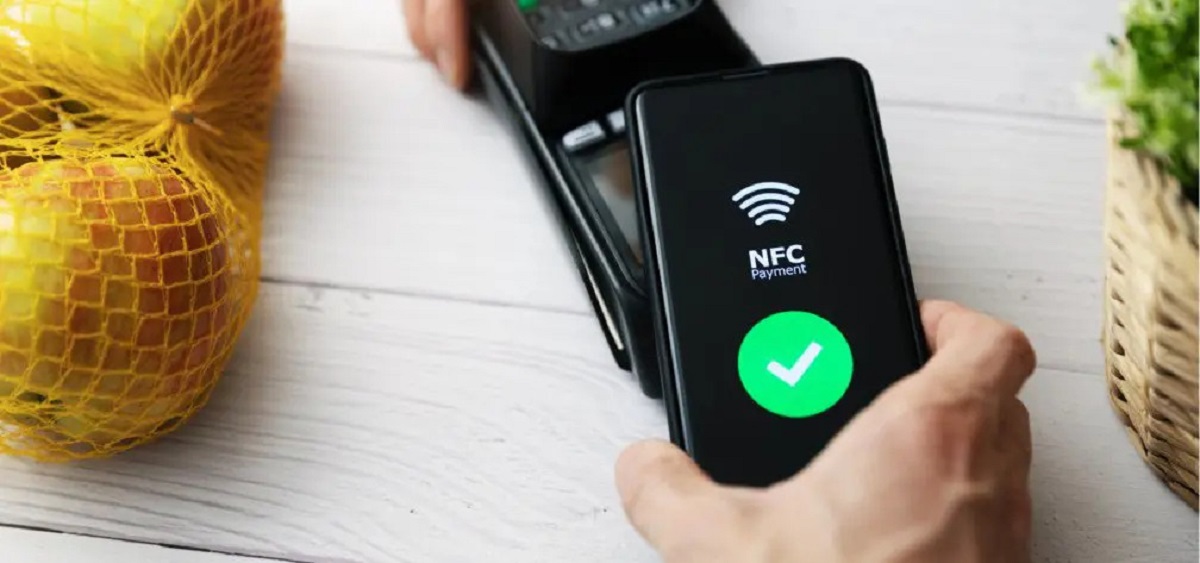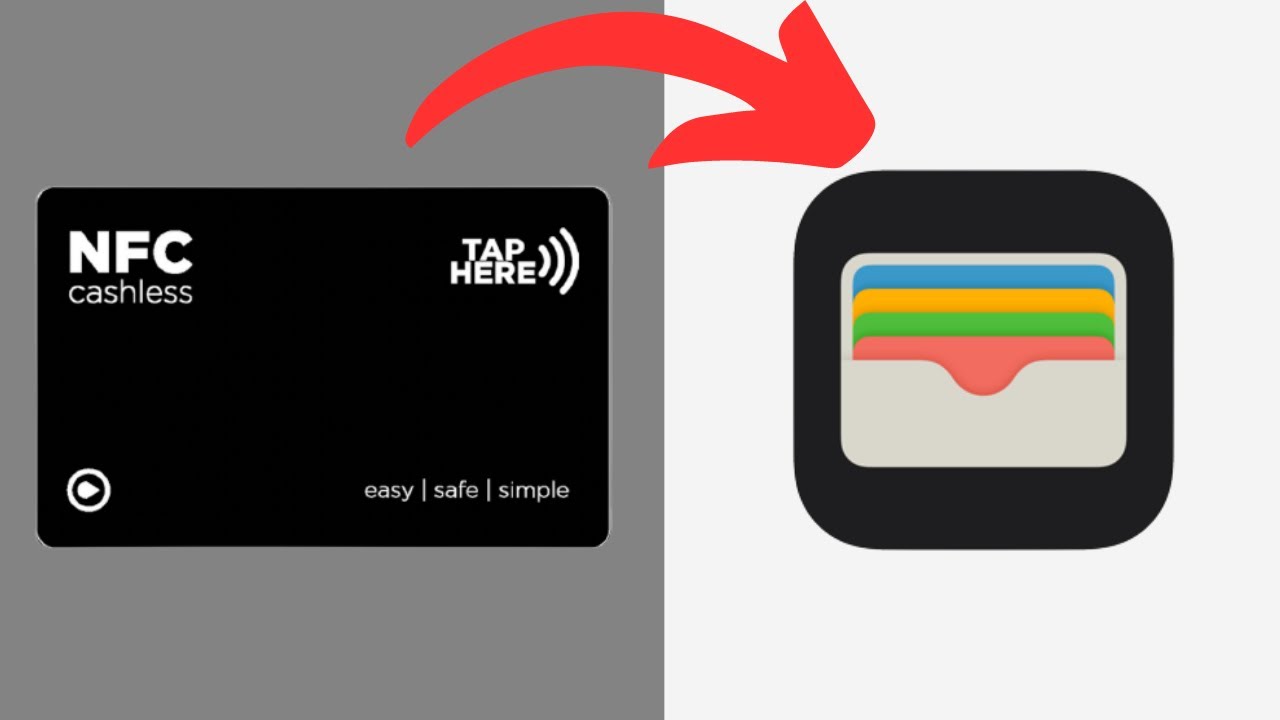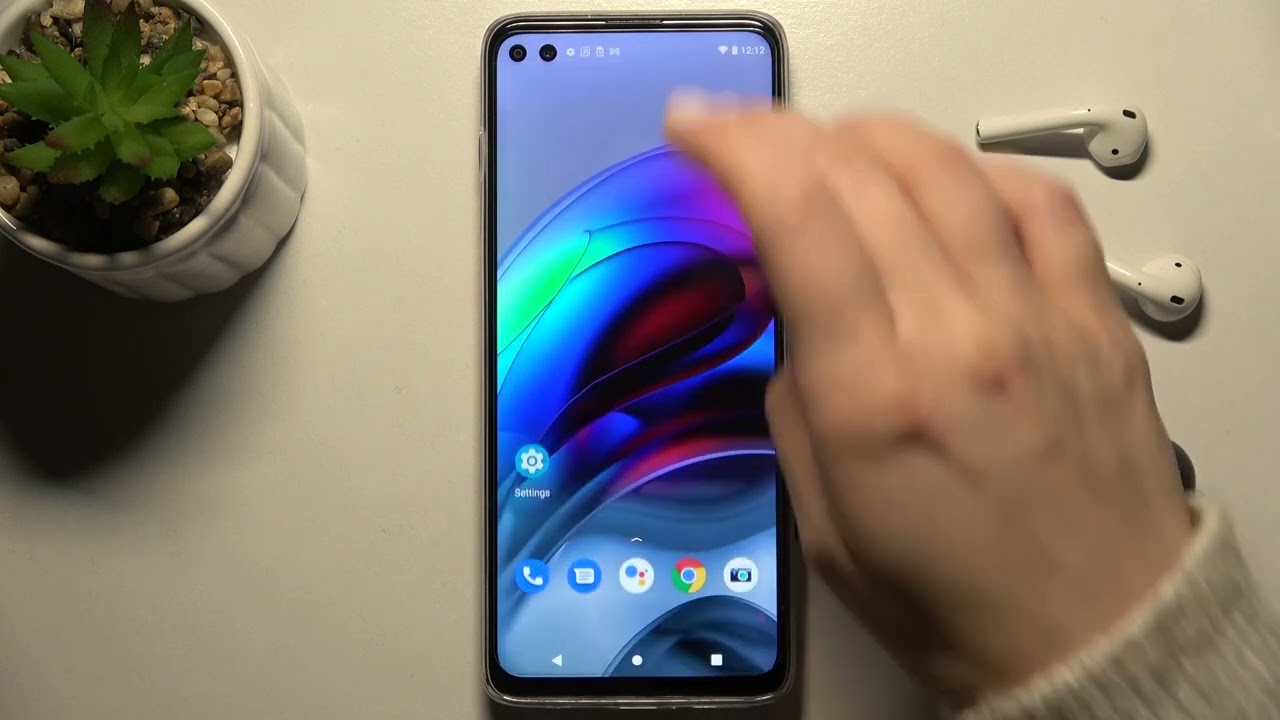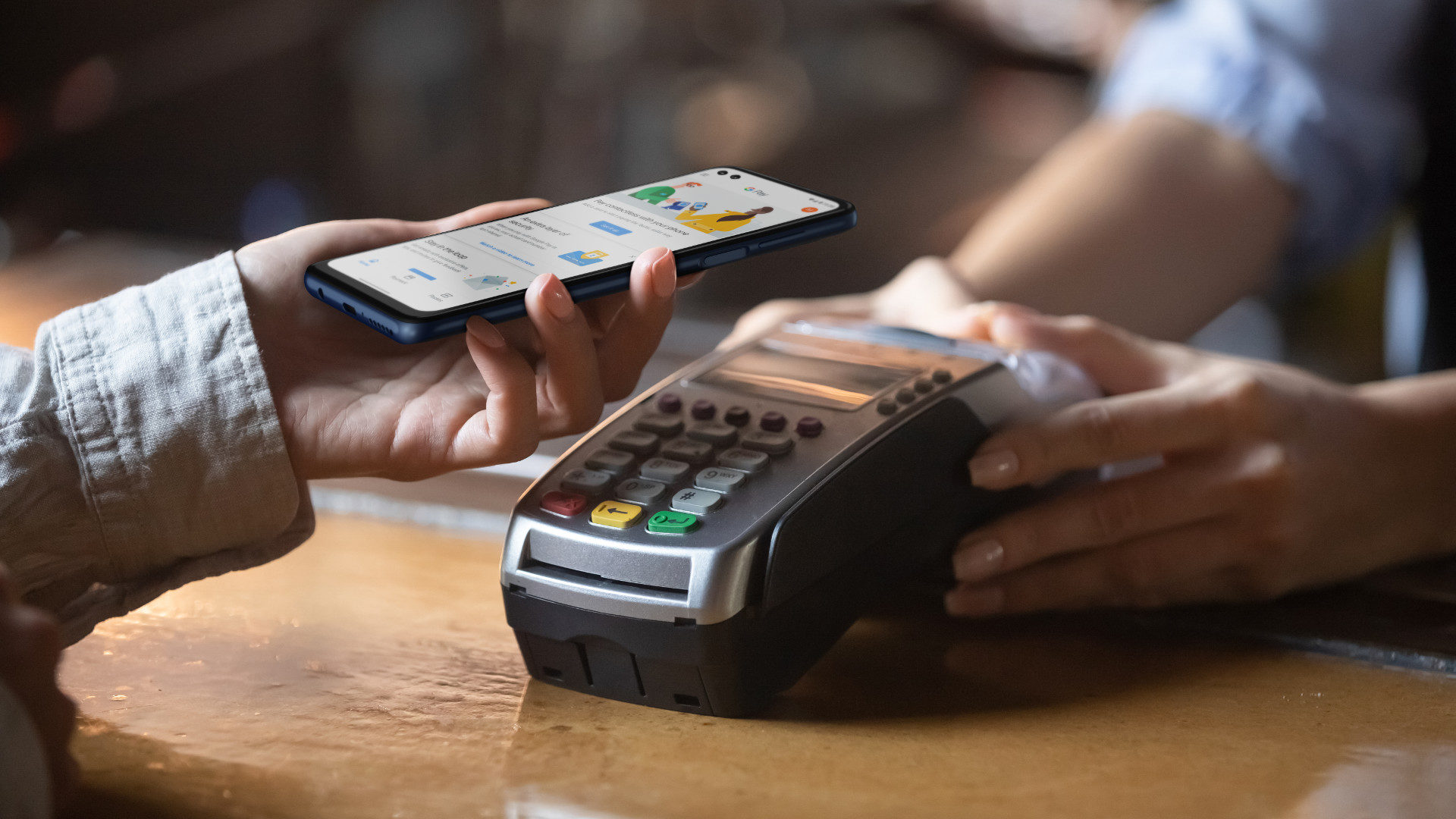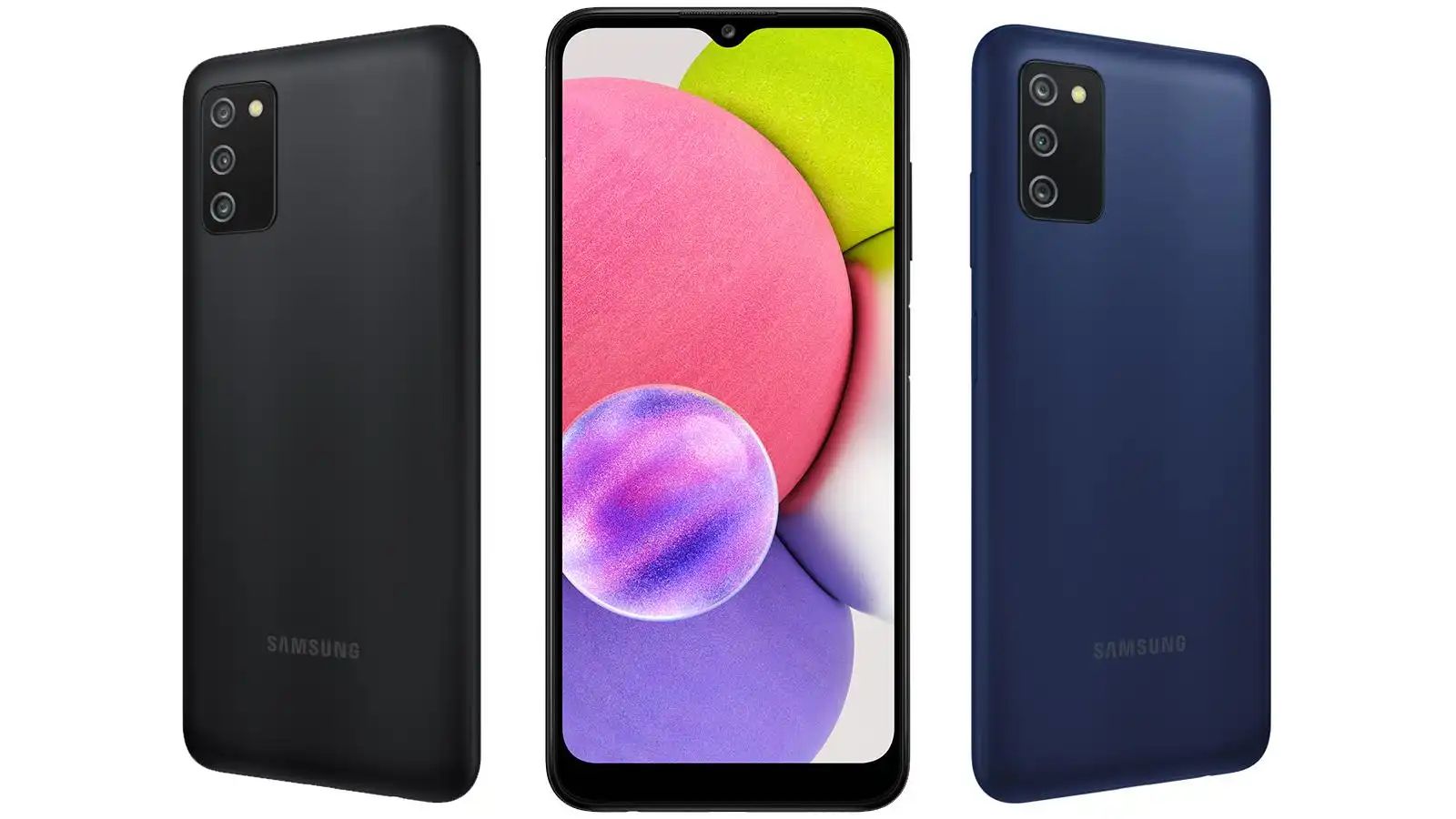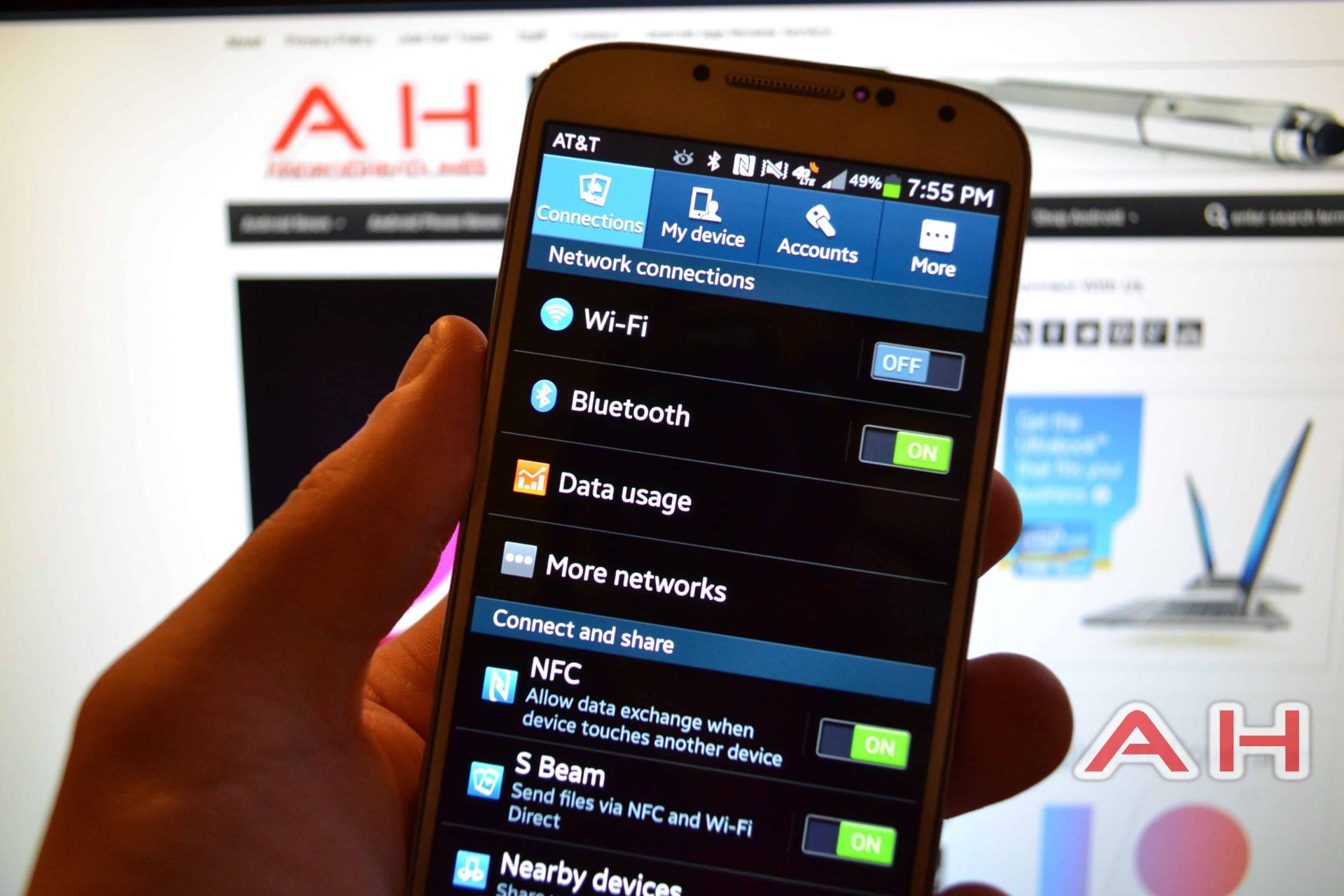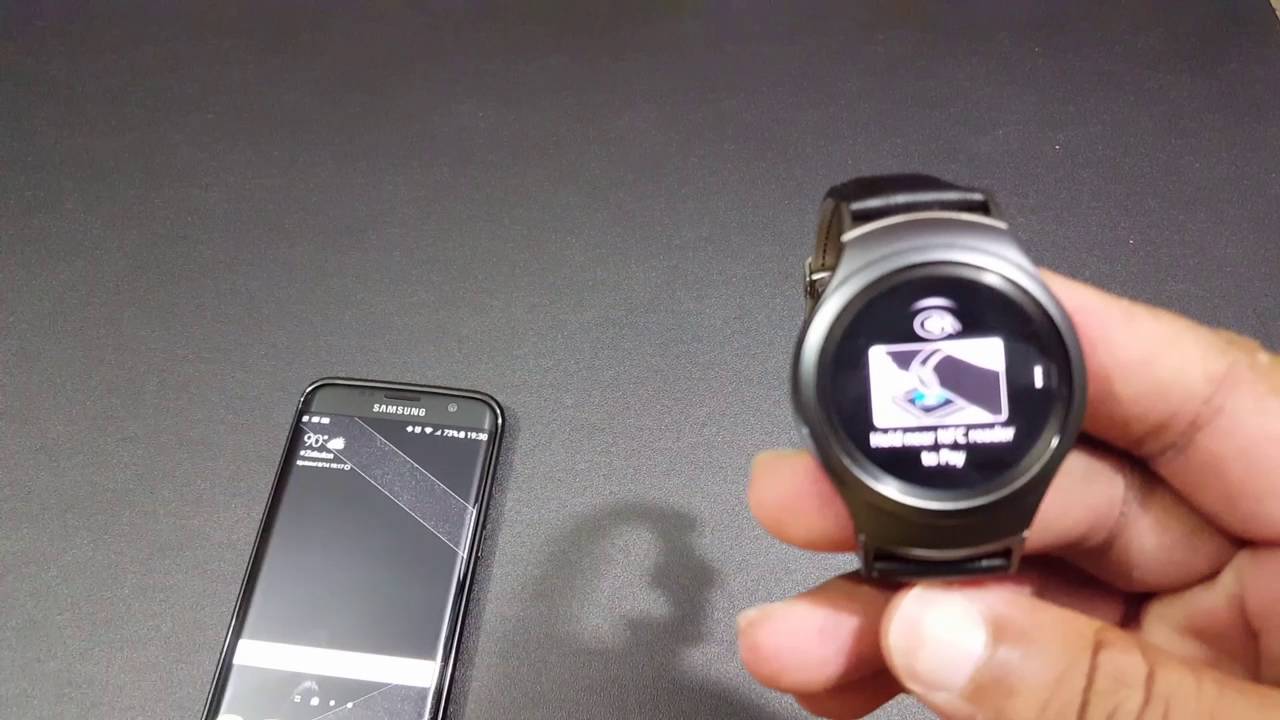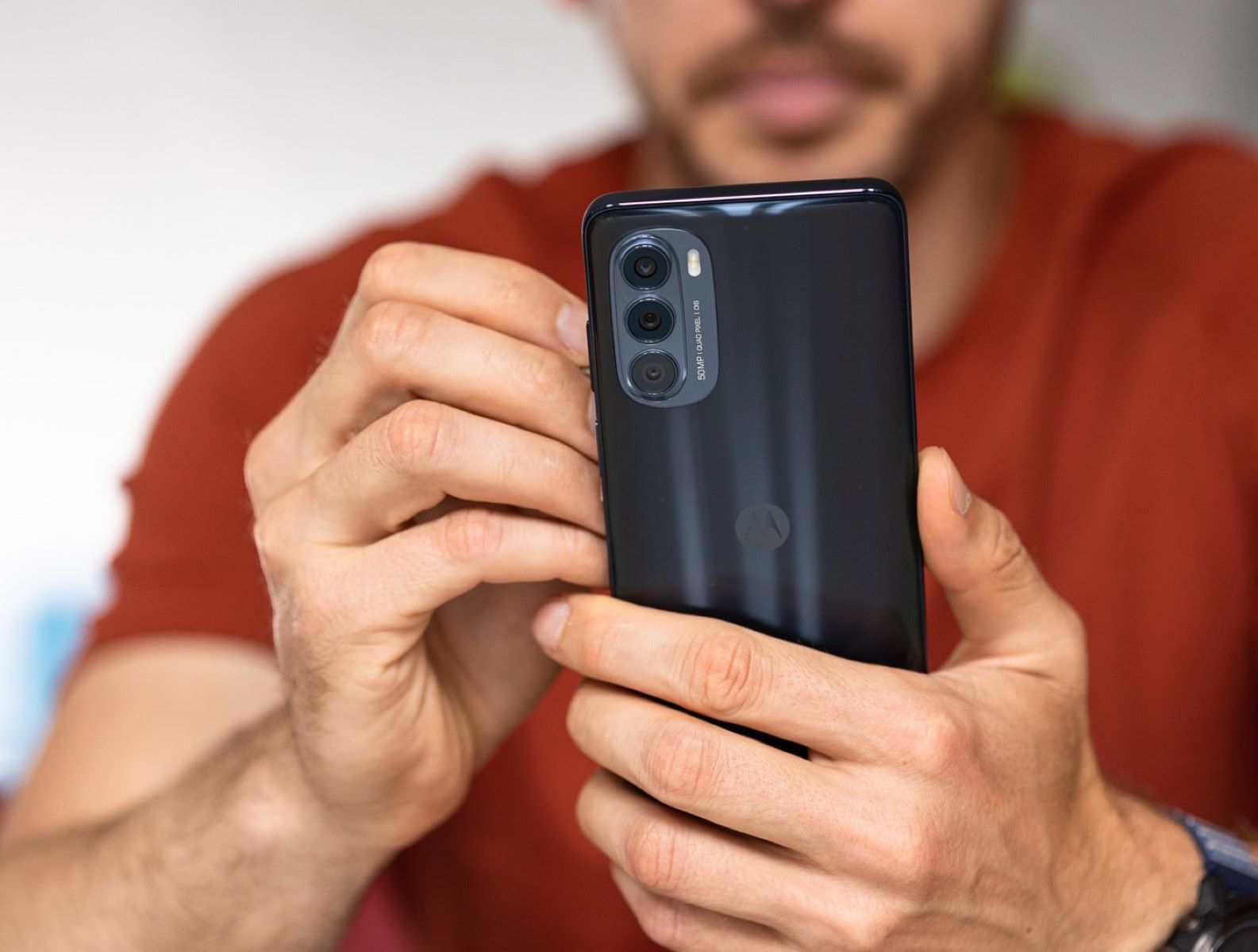What is an NFC Tag?
An NFC (Near Field Communication) tag is a small, wireless device that stores and transmits information through close proximity contact with an NFC-enabled device, such as a smartphone or tablet. It is a form of contactless communication that allows data exchange between devices with a simple tap or wave gesture.
NFC tags utilize radio frequency identification (RFID) technology, which enables them to communicate with NFC-enabled devices within a close range. These tags are typically composed of a microchip and an antenna, housed in a small sticker-like or coin-sized form factor. They can be placed on various objects, such as posters, products, stickers, or even embedded in everyday items like keychains and wristbands.
When an NFC-enabled device comes into close proximity to an NFC tag, the device detects the tag’s presence and establishes a connection via radio waves. This connection allows the device to read the information stored on the tag or perform other operations, such as initiating a payment or launching a website.
NFC tags can store a wide range of data, including text, URLs, contact information, or commands that trigger specific actions on the receiving device. The amount of data that an NFC tag can store depends on its memory capacity, which can range from a few kilobytes to several megabytes.
It is important to note that NFC tags are passive devices, meaning they do not require their own power source. Instead, they draw power from the NFC-enabled device that interacts with them. This makes NFC tags highly convenient and cost-effective, as they do not require batteries or maintenance.
The widespread adoption of NFC technology has led to its integration into various applications, such as mobile payments, access control systems, smart home automation, and marketing campaigns. NFC tags offer a seamless and intuitive way to interact with the digital world, bridging the gap between physical objects and online content.
How does an NFC Tag work?
NFC (Near Field Communication) tags operate on the principles of electromagnetic induction and radio frequency identification (RFID) technology. These tags consist of a microchip and an antenna that work together to facilitate communication with NFC-enabled devices.
When an NFC-enabled device, such as a smartphone, comes into close proximity to an NFC tag, the two devices form a communication link through electromagnetic induction. The device emits a low-power radio frequency signal that energizes the NFC tag’s antenna.
Once the tag’s antenna receives the electromagnetic energy, it converts it into electrical power, which activates the microchip embedded within the tag. The microchip then transmits the stored information back to the NFC-enabled device.
The communication between the NFC tag and the device occurs through short-range radio waves, typically within a distance of a few centimeters. This proximity requirement ensures secure and reliable data transmission, as it prevents unauthorized access to the tag’s information.
There are two modes of operation when it comes to NFC tags: read-only and read-write. In read-only mode, the NFC tag contains pre-programmed information that can be read by an NFC-enabled device. This mode is commonly used in applications such as product authentication, where the tag holds essential data that needs to be verified.
In read-write mode, the NFC tag allows for interaction with the NFC-enabled device beyond simply reading stored information. Users can write new data onto the tag or modify existing data using a compatible app or software. This mode is useful in applications such as contactless payments, where the tag needs to store transaction-specific information.
NFC tags can also support security features, such as encryption and authentication, to ensure the integrity and confidentiality of the data being transmitted. This makes NFC a secure communication protocol for various applications that handle sensitive information.
The versatility and simplicity of NFC technology have made NFC tags popular in a wide range of industries and use cases. From mobile payments and access control to interactive marketing campaigns and smart home automation, NFC tags offer a convenient and intuitive way to exchange information and trigger actions with a simple tap or wave.
NFC Tags on Cash App
Cash App, the popular mobile payment service, has integrated NFC (Near Field Communication) technology into its platform to offer users a seamless and convenient way to send and receive money. NFC tags on Cash App enable users to make quick, contactless payments by simply tapping their NFC-enabled devices on a compatible payment terminal.
With NFC tags on Cash App, users can link their bank accounts or credit cards to the app and securely store their payment information. This eliminates the need to carry physical cards or manually enter payment details for every transaction. By simply tapping their NFC-enabled device, users can initiate a payment, reducing the hassle and time spent during the checkout process.
NFC tags on Cash App also provide added security for transactions. The communication between the device and the payment terminal is encrypted, ensuring that sensitive information, such as credit card numbers, remains secure. Additionally, Cash App incorporates authentication measures, such as biometric verification or PIN codes, to authorize payments, adding an extra layer of protection against unauthorized usage.
The use of NFC tags on Cash App extends beyond traditional payment transactions. Users can also utilize NFC tags to send or request money from other Cash App users. By tapping their devices together, the NFC tags initiate the transaction and facilitate the transfer of funds between the sender and recipient. This makes splitting bills or repaying debts among friends and family a seamless and hassle-free experience.
Furthermore, Cash App’s integration of NFC tags allows for easy adoption in various retail environments. Merchants can implement NFC-enabled payment terminals, allowing customers with Cash App to make purchases by simply tapping their devices. This not only streamlines the payment process for customers but also provides businesses with a secure and efficient payment option.
It is important to note that NFC tags on Cash App are supported by NFC-enabled devices, such as smartphones and tablets. Users must ensure that their devices have the necessary NFC capabilities and that the feature is enabled in their settings to fully utilize NFC tags on Cash App.
Overall, the integration of NFC tags on Cash App enhances the user experience by providing a fast, secure, and convenient way to make payments and send money. With a simple tap, Cash App users can complete transactions effortlessly, making it a preferred choice for those seeking seamless mobile payment solutions.
Benefits of NFC Tags on Cash App
NFC (Near Field Communication) tags on Cash App provide numerous benefits for both users and businesses, offering a seamless and efficient payment experience. Here are some key advantages of utilizing NFC tags on Cash App:
1. Convenience: NFC tags on Cash App enable users to make quick and contactless payments with a simple tap of their NFC-enabled devices. The hassle of carrying and fumbling with physical cards or manually entering payment information is eliminated, making transactions more convenient and efficient.
2. Speed: With NFC tags, payments on Cash App can be completed in a matter of seconds. Users can avoid the time-consuming process of swiping cards, entering PINs, or signing receipts. The speed of NFC transactions makes it ideal for busy environments, reducing wait times for both customers and merchants.
3. Security: NFC transactions on Cash App incorporate encryption and authentication measures to ensure the security of sensitive information. Users can feel confident that their payment details are protected during the transaction process. Additionally, features like biometric verification or PIN codes provide an extra layer of security, preventing unauthorized access to accounts.
4. Versatility: NFC tags on Cash App offer versatility beyond traditional payment transactions. Users can send or request money from other Cash App users by simply tapping their devices together. This feature makes it easy to split bills, reimburse friends, or make payments in social settings.
5. Integration: Cash App’s integration of NFC tags allows for easy adoption in various retail environments. Businesses can implement NFC-enabled payment terminals, enabling customers with Cash App to make purchases by tapping their devices. This integration streamlines the payment process for customers and provides businesses with a secure and efficient payment option.
6. Contactless Experience: NFC tags on Cash App contribute to a contactless payment experience, which is particularly important in today’s world. With concerns about hygiene and the spread of germs, the ability to make payments without physical contact provides peace of mind for both customers and merchants.
7. Enhanced User Experience: NFC tags on Cash App contribute to an overall enhanced user experience. The simplicity and convenience of tapping to complete transactions make Cash App a preferred choice for individuals looking for quick, secure, and user-friendly payment solutions.
In summary, NFC tags on Cash App offer convenience, speed, security, versatility, and an enhanced user experience. By incorporating NFC technology into the payment process, Cash App provides a seamless and efficient payment solution for users and businesses alike.
How to use NFC Tags on Cash App
Using NFC (Near Field Communication) tags on Cash App is straightforward and user-friendly. To make payments or send money using NFC tags, follow these simple steps:
1. Ensure NFC is enabled: Make sure that the NFC feature on your device is enabled. Go to your device’s settings and locate the NFC option. Toggle it on if it’s currently disabled.
2. Link your payment method: Open the Cash App and link your preferred payment method, such as a bank account or credit card. This step allows Cash App to securely store your payment information for future transactions.
3. Locate a compatible NFC payment terminal: Look for a payment terminal that supports NFC payments. These terminals are usually marked with the contactless payment symbol.
4. Initiate the payment: When ready to make a payment using Cash App, hold your NFC-enabled device near the payment terminal. Ensure that your device’s NFC antenna is in close proximity to the terminal for a successful connection.
5. Authenticate the payment: Depending on your device settings, you may need to authenticate the payment using biometrics (such as fingerprint or facial recognition) or by entering a PIN code. This step adds an extra layer of security to the transaction.
6. Complete the transaction: Once the payment is authenticated, the NFC tag and the payment terminal will communicate to process the transaction. Wait for the confirmation message on both the device and the terminal to indicate that the payment is successful.
7. Sending money: To send money to another Cash App user using NFC tags, both devices must have NFC capabilities and Cash App installed. Tap your device to the recipient’s device to initiate the money transfer. Follow the prompts on the app to complete the transaction.
8. Troubleshooting: If you encounter any issues during the NFC transaction process, ensure that your device’s NFC feature is enabled, that you have a stable internet connection, and that you are utilizing a compatible payment terminal. Repeating the tap or moving your device slightly closer to the terminal may help establish a successful connection.
By following these steps, you can easily utilize NFC tags on Cash App for quick and convenient payments or money transfers. Enjoy the seamless and secure experience that NFC technology brings to your Cash App transactions!
Common Uses of NFC Tags on Cash App
NFC (Near Field Communication) tags on Cash App offer a wide range of applications beyond traditional payment transactions. Here are some common uses of NFC tags on Cash App:
1. Retail Payments: NFC tags on Cash App are commonly used for contactless payments at retail stores, restaurants, and other businesses. Customers can simply tap their NFC-enabled devices on the payment terminal to complete the transaction swiftly and securely.
2. Peer-to-Peer Money Transfers: NFC tags allow users to send money to other Cash App users by tapping their devices together. This feature is particularly useful for splitting bills, paying back friends, or making quick peer-to-peer transactions without the need for cash or physical cards.
3. Transportation Services: Some transportation services, such as taxis or ride-sharing apps, have adopted NFC technology for seamless fare payments. This enables passengers to make contactless payments through Cash App by tapping their devices on supported payment devices within the vehicle.
4. Events and Ticketing: NFC tags on Cash App can be used for event ticketing, enabling attendees to gain entry to concerts, sports games, or other events by tapping their devices on NFC-enabled ticket scanners. This eliminates the need for physical tickets, providing a more convenient and secure experience.
5. Loyalty Programs: Businesses can utilize NFC tags on Cash App for customer loyalty programs. Customers can tap their devices on NFC tags at participating stores to earn or redeem loyalty points, discounts, or special offers, enhancing customer engagement and promoting repeat purchases.
6. Access Control: NFC tags can be used for access control systems, allowing users to securely access restricted areas or buildings by tapping their NFC-enabled devices on compatible readers. Cash App can be integrated with these systems, providing a convenient and secure way to gain authorized access.
7. Interactive Marketing Campaigns: NFC tags on Cash App have opened up opportunities for interactive marketing campaigns. Businesses can place NFC tags on promotional materials, such as posters, flyers, or product packaging, enabling customers to tap their devices to access exclusive content, special offers, or additional product information.
8. In-App Purchases: NFC tags can be utilized within specific Cash App partner apps or platforms to enable users to make purchases seamlessly within those apps. This streamlined experience reduces friction in the purchasing process and enhances user convenience.
These are just a few examples of the common uses of NFC tags on Cash App. With the versatility of NFC technology, there are endless possibilities for integrating Cash App’s NFC capabilities into various industries and use cases, providing users and businesses with a more efficient, secure, and convenient payment experience.







